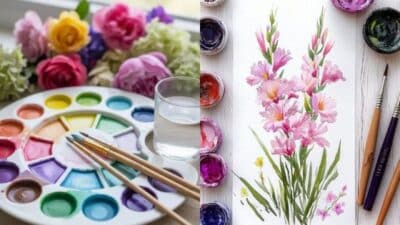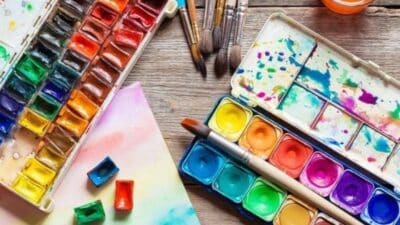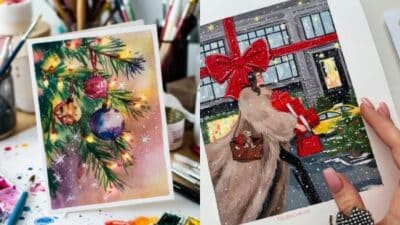There’s a unique magic that happens when water meets pigment, especially when that magic is used to capture the essence of the human form. If you’ve ever found yourself scrolling through stunning watercolor figure paintings, feeling a mix of awe and a whisper of “I wish I could do that,” then you’re in the right place. Dive into the wonderful world of watercolor figure painting ideas – a space where fluidity meets form, where a splash of color can convey an entire emotion, and where every skill level is not just welcome, but celebrated.
Watercolor figure painting isn’t about rigid perfection; it’s about embracing the spontaneous, the ethereal, and the wonderfully imperfect. It’s about learning to see, to feel, and to translate those perceptions onto paper with a medium that dances to its own rhythm. Whether you’re a seasoned artist looking for fresh inspiration or a complete beginner nervously dipping your toes into the artistic waters, there’s a captivating journey ahead. We’re going to explore a plethora of ideas and techniques designed to ignite your creativity and help you confidently wield your brush to bring figures to life. So, grab your paints, your favorite paper, and let’s unlock your inner artist together.
Understanding the Basics: Why Watercolor Figures?
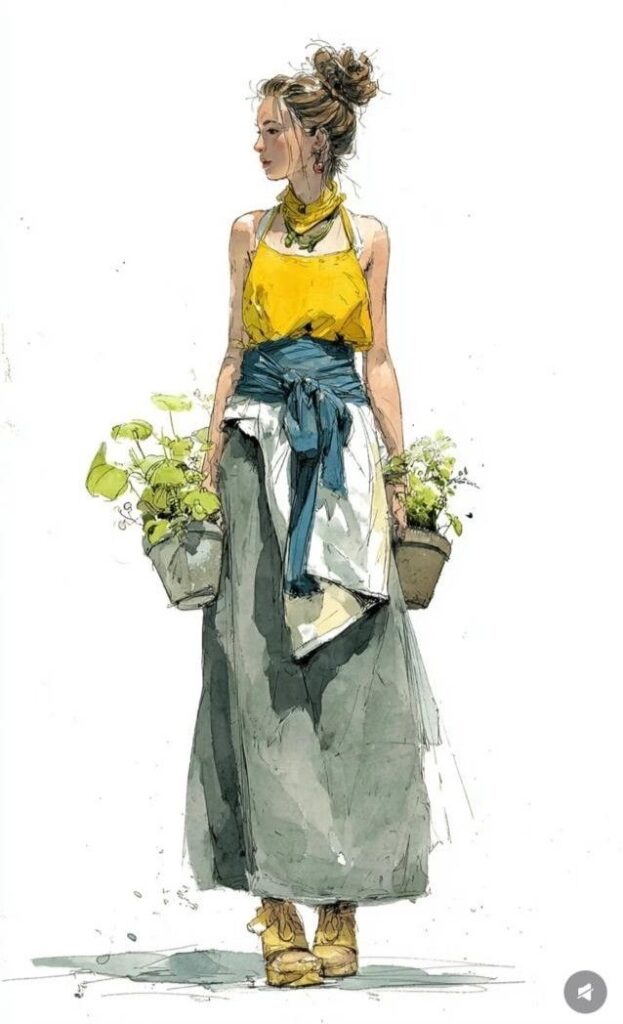

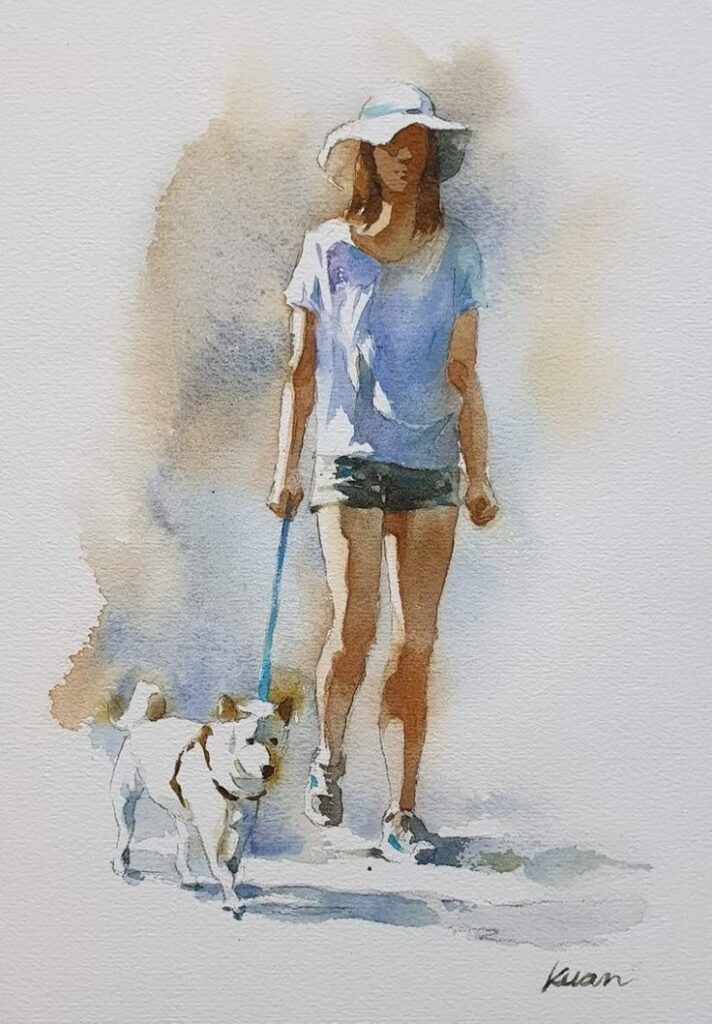
Watercolor holds a special place in the art world, renowned for its luminosity, transparency, and often unpredictable nature. When applied to figure painting, these qualities become powerful tools. Unlike oils or acrylics, watercolor doesn’t allow for endless layering or easy corrections, which might sound intimidating, but it’s precisely this challenge that forces artists to be more decisive, more expressive, and ultimately, more in tune with their materials.
The human figure, with its endless curves, gestures, and emotional depth, provides a subject rich with storytelling potential. Capturing a figure in watercolor allows for a softness, a dreamlike quality, or a vibrant energy that’s hard to replicate with other mediums. Think about the delicate blush on a cheek, the flowing lines of a dancer, or the subtle shift in posture that reveals a character’s mood – watercolor excels at rendering these nuances with an almost effortless grace. It encourages you to simplify, to suggest rather than explicitly define, allowing the viewer’s imagination to fill in the gaps. This medium is perfect for quick studies, capturing fleeting moments, and developing a unique, expressive style.
Essential Supplies for Your Watercolor Figure Journey
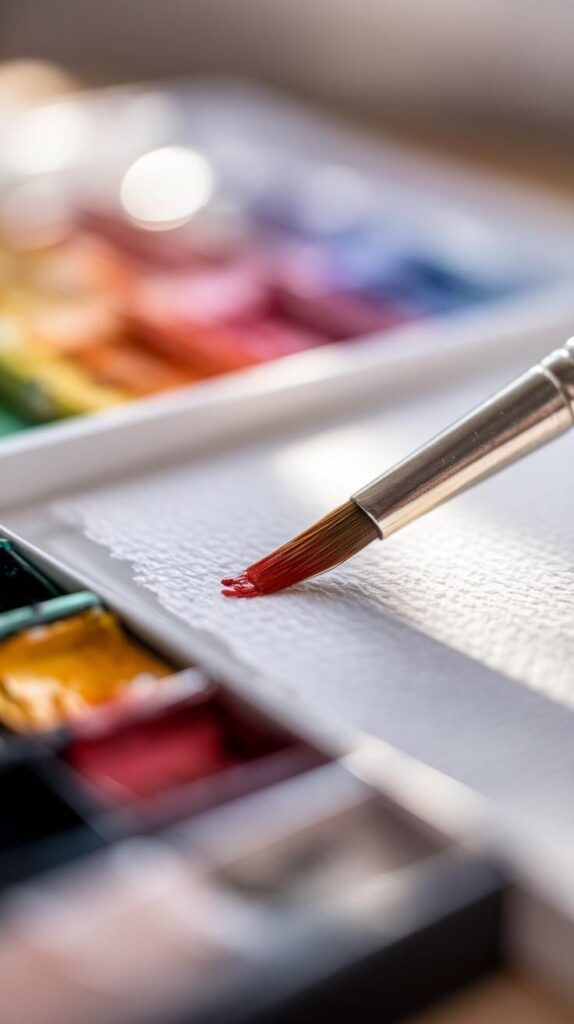
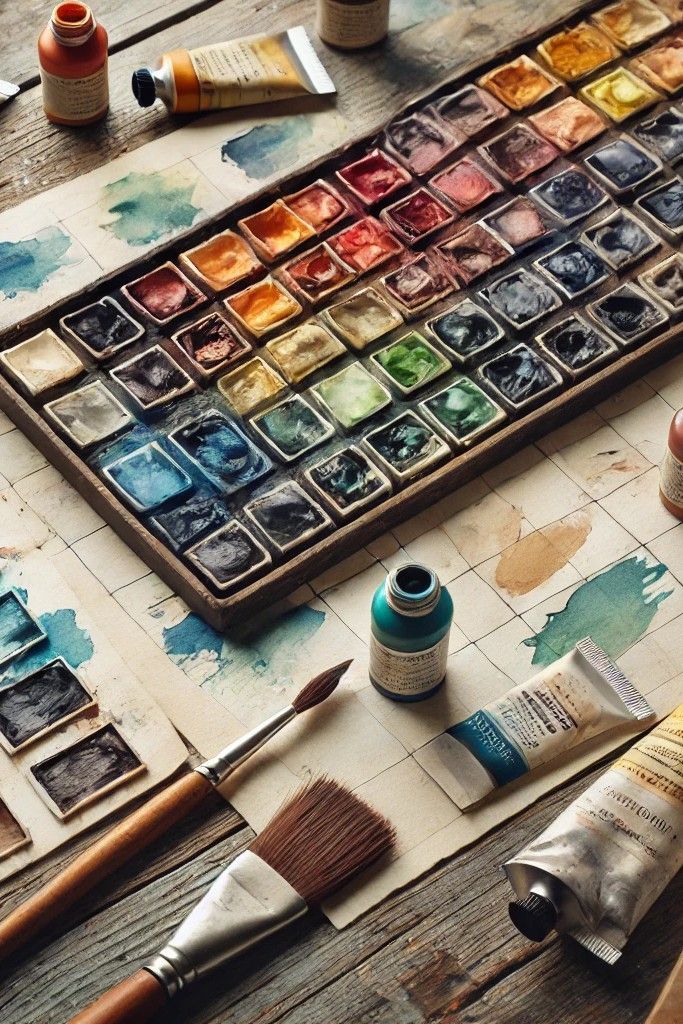

Before we dive into the exciting part of painting, let’s quickly chat about the tools you’ll need. Don’t worry, you don’t need to break the bank for professional-grade gear, especially when you’re just starting out. The key is to have reliable basics that won’t frustrate you.
- Paper: This is perhaps the most crucial item. Watercolor paper needs to be thick (at least 140 lb or 300 gsm) to prevent warping when wet. Cold press paper has a textured surface, great for washes and granular effects, while hot press paper is smooth, ideal for fine details. Start with a cold press paper; it’s very forgiving.
- Paints: Watercolor comes in tubes or pans. Pans are usually more budget-friendly and excellent for beginners, offering easy access to color. Tubes provide more intense, concentrated pigment. Choose a basic set of artist-grade (or good student-grade) primary colors (red, blue, yellow) plus a few earth tones and perhaps a black/grey.
- Brushes: A good round brush (sizes 6-12) will be your workhorse for most figure work, offering versatility for both washes and details. A larger wash brush (1-2 inches flat or mop) is great for backgrounds and big areas, and a smaller detail brush (size 2-4 round) will come in handy for finer lines.
- Palette: A ceramic plate, a plastic watercolor palette, or even an old dinner plate will work perfectly for mixing colors.
- Water Jars: Two jars are ideal – one for rinsing dirty brushes and one for clean water to mix with your paints.
- Paper Towels/Sponge: Essential for blotting brushes, lifting color, and controlling moisture.
- Pencil and Eraser: A light H or 2H pencil for initial sketches, and a kneaded eraser that won’t damage your paper.
- Optional but Handy: Masking fluid (to preserve white areas), masking tape (to secure paper), and a drawing board.

Getting Started: Foundations of Figure Drawing
You might be thinking, “But I can’t even draw a stick figure!” And that’s perfectly okay. Watercolor figure painting often thrives on suggestion rather than hyper-realistic rendering. However, a basic understanding of the human form will significantly boost your confidence and the impact of your work.
Embrace Gesture Drawing
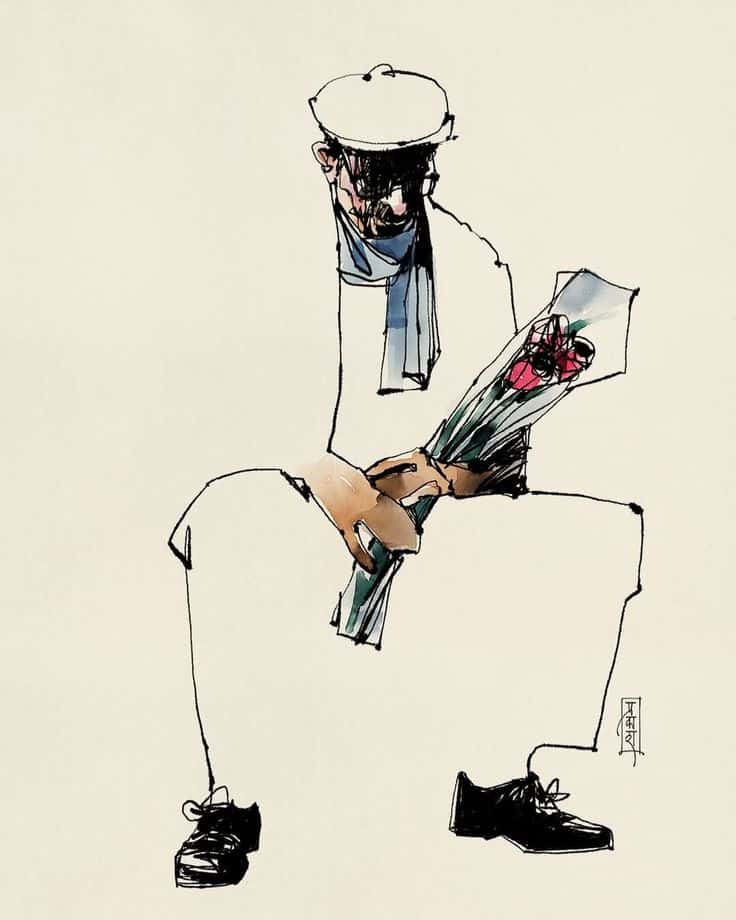

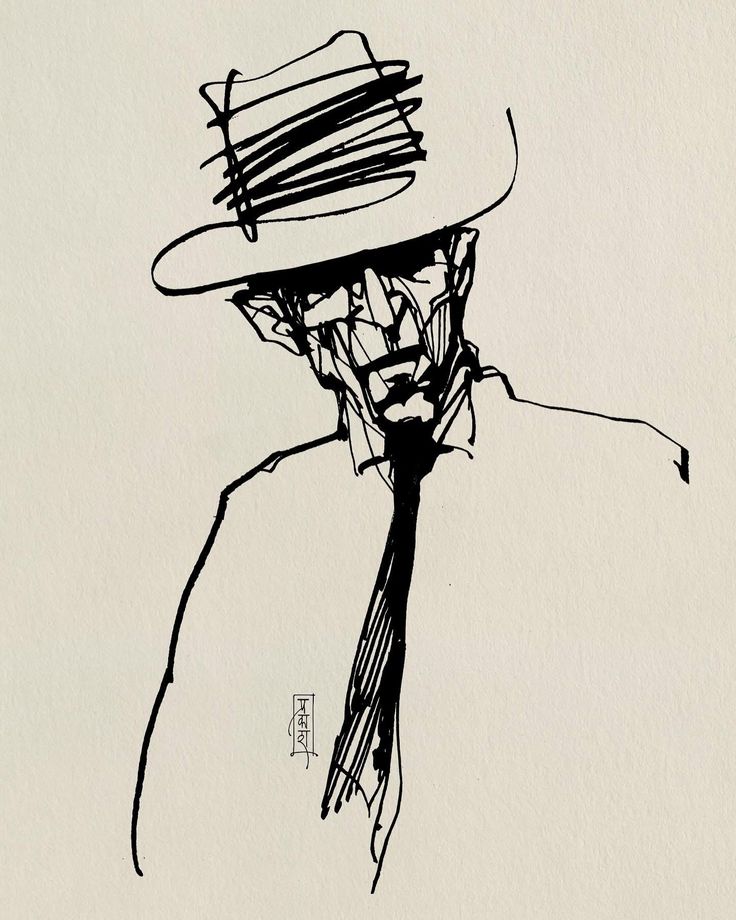
Gesture drawing is your secret weapon. It’s about capturing the energy and movement of a figure in short, quick poses (often 30 seconds to 2 minutes). Don’t focus on perfect anatomy; instead, observe the flow of the body, the curve of the spine, the angle of the limbs. Use your pencil to sweep across the paper, indicating the direction and weight. This practice helps loosen you up and trains your eye to see the figure as a dynamic whole rather than a collection of static parts. You can find many resources online for timed figure drawing sessions.
Simplify the Figure
Before adding watercolor, sketch your figure lightly. Think of the human body as a collection of simple shapes: an oval for the head, a box for the rib cage, another for the pelvis, cylinders for the limbs. Connect these with lines indicating the flow of the body. This approach, often called “mannequinization,” helps establish correct proportions and balance without getting bogged down in intricate details too early. As you get more comfortable, you’ll naturally refine these shapes. For more guidance on approaching the human form, especially when focusing on female figures, consider exploring resources like this guide on female body drawing or check out general body drawing ideas for daily practice to hone your skills.
Light Pencil Sketch for Watercolor
Your initial pencil sketch should be very light. Watercolor is transparent, and dark pencil lines can show through, distracting from the paint. Once your sketch is down, gently erase it until it’s barely visible – just enough for you to see the outline. This ghost-like drawing will serve as your guide.
Unleashing Creativity: Watercolor Figure Painting Ideas
Now for the fun part! Here are a variety of watercolor figure painting ideas, ranging from simple to more complex, designed to spark your imagination and get those brushes moving.
Silhouettes and Shadows
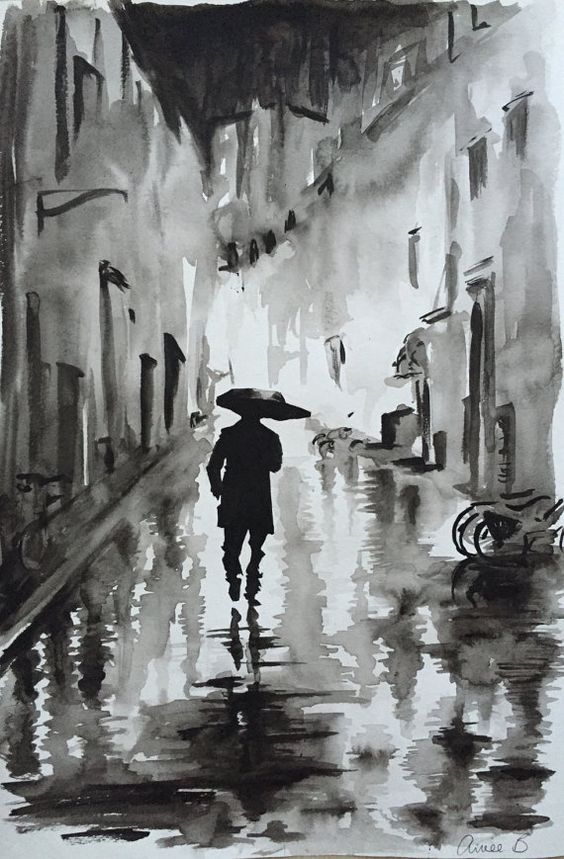
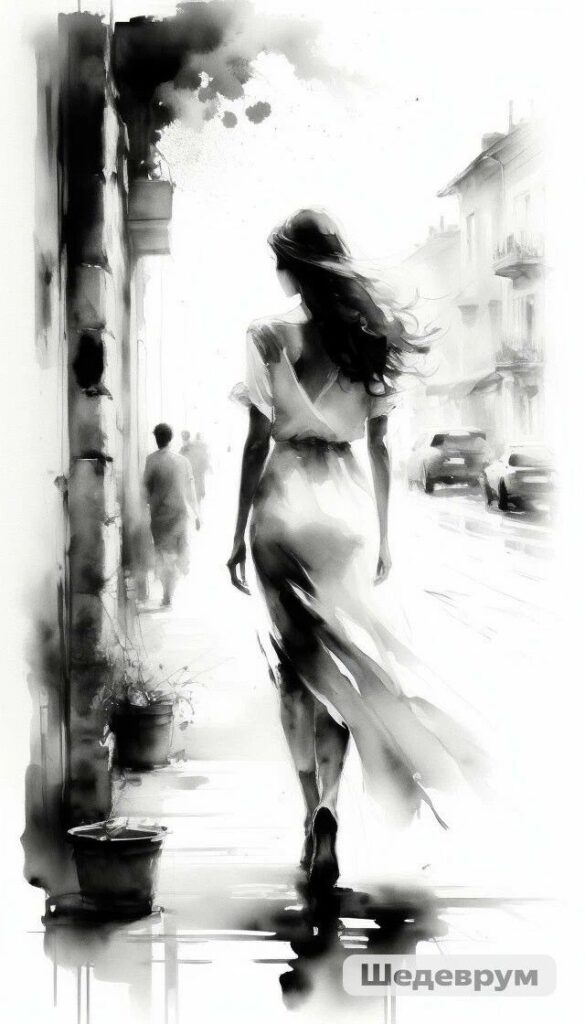
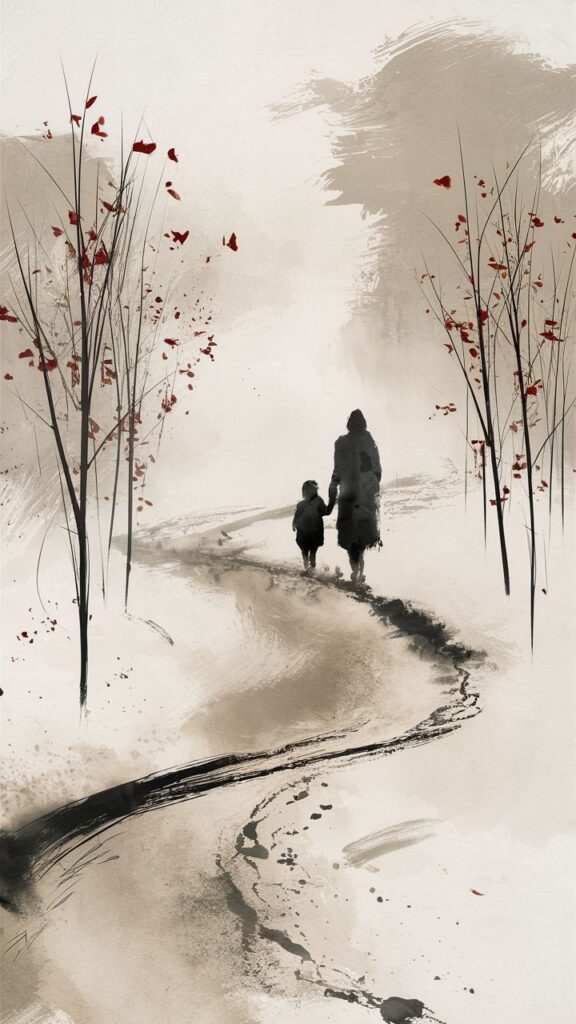
This is a fantastic starting point for beginners. Instead of worrying about intricate facial features or anatomy, focus purely on the figure’s outline and implied form.
- How to do it: Lightly sketch a figure in an interesting pose. Choose a single, bold color (like a deep indigo, sepia, or a vibrant red). Paint the entire figure with a wash of this color, allowing for subtle tonal variations as the wash dries. The background can be left white or given a light, contrasting wash. The dramatic contrast between the dark figure and light background creates a powerful visual statement.
- Why it works: It forces you to simplify and think about negative space. It’s also incredibly forgiving of anatomical inaccuracies.
- Idea Spark: A figure standing against a sunset, a dancer mid-leap, or a contemplative person looking out a window.
Expressive Gestures and Movement
Capture the dynamism of life with quick, energetic strokes. This idea is less about precise rendering and more about conveying emotion and action.
- How to do it: Work from quick sketches or photos of people in motion (dancers, athletes, children playing, or even someone caught in a candid moment). Use loose, sweeping brushstrokes. Let the paint flow and blend on its own. Don’t be afraid to exaggerate lines or colors to emphasize movement. The goal isn’t photographic realism, but emotional impact. For capturing a range of feelings, exploring resources on drawing 10 emotions convey mood through art can provide excellent inspiration.
- Why it works: It celebrates the spontaneous nature of watercolor and allows for emotional storytelling.
- Idea Spark: A musician playing an instrument, a couple dancing, someone caught in laughter, or a runner mid-stride.
Figure in a Landscape or Setting
Integrate your figure into an environment to tell a richer story. The setting can enhance the mood or provide context.
- How to do it: Start with a simple composition: a figure interacting with a background element. Perhaps a lone figure on a beach, or someone sitting in a bustling cafe. Paint the background with soft, diffused washes, letting it recede slightly, then bring the figure forward with slightly crisper edges or stronger colors. Pay attention to how the light falls on both the figure and the environment. Consider practicing landscape elements, like a mountain drawing, to better integrate your figures into natural scenes.
- Why it works: Adds depth and narrative to your painting, placing the figure within a larger context.
- Idea Spark: A person reading under a tree, a figure walking through a city street, or someone enjoying a quiet moment by the sea.
Portraiture (Simplified)
You don’t need to paint a hyperrealistic face to create a compelling portrait. Focus on capturing the likeness and mood with broad strokes and soft washes.
- How to do it: Begin with a loose sketch of the head and shoulders. Apply light, transparent washes for skin tones, building up subtle shadows and highlights. Use minimal detail for features – a hint of an eye, a curve for the nose, a soft line for the mouth. Allow colors to blend softly at the edges to give a dreamy, ethereal feel.
- Why it works: It challenges you to convey personality with limited detail and celebrates the subtle nuances of watercolor.
- Idea Spark: A pensive profile, a joyful smile, or a thoughtful gaze.
Abstracted Figures
Break free from realism and let color and form take the lead. This approach is about conveying the essence of a figure rather than its exact representation.
- How to do it: Start with a gestural sketch. Then, instead of filling in the lines, use bold, non-local colors. Think about how shapes and colors can evoke emotion or movement. You might distort proportions, fragment the figure, or blend it seamlessly into an abstract background. Experiment with wet-on-wet techniques for beautiful, uncontrolled blooms of color. For inspiration on less-is-more, check out examples of minimalist watercolor.
- Why it works: It allows for immense creative freedom and can produce striking, unique pieces.
- Idea Spark: A figure suggested by interlocking shapes, a swirling vortex of color forming a human silhouette, or a figure blending into an expressionistic background.
Daily Life Vignettes
Find beauty in the mundane. People going about their everyday lives offer endless, relatable subjects.
- How to do it: Observe people around you – in a coffee shop, at the park, on public transport. Snap a quick photo (with permission, if close-up) or make a mental note of a pose. Focus on capturing the immediate moment. These are great for quick, expressive studies in your sketchbook. Don’t aim for perfection; aim for authenticity.
- Why it works: Develops observational skills and allows you to create art from your immediate surroundings.
- Idea Spark: Someone reading a book, a person engrossed in their phone, a parent pushing a stroller, or friends chatting over coffee.
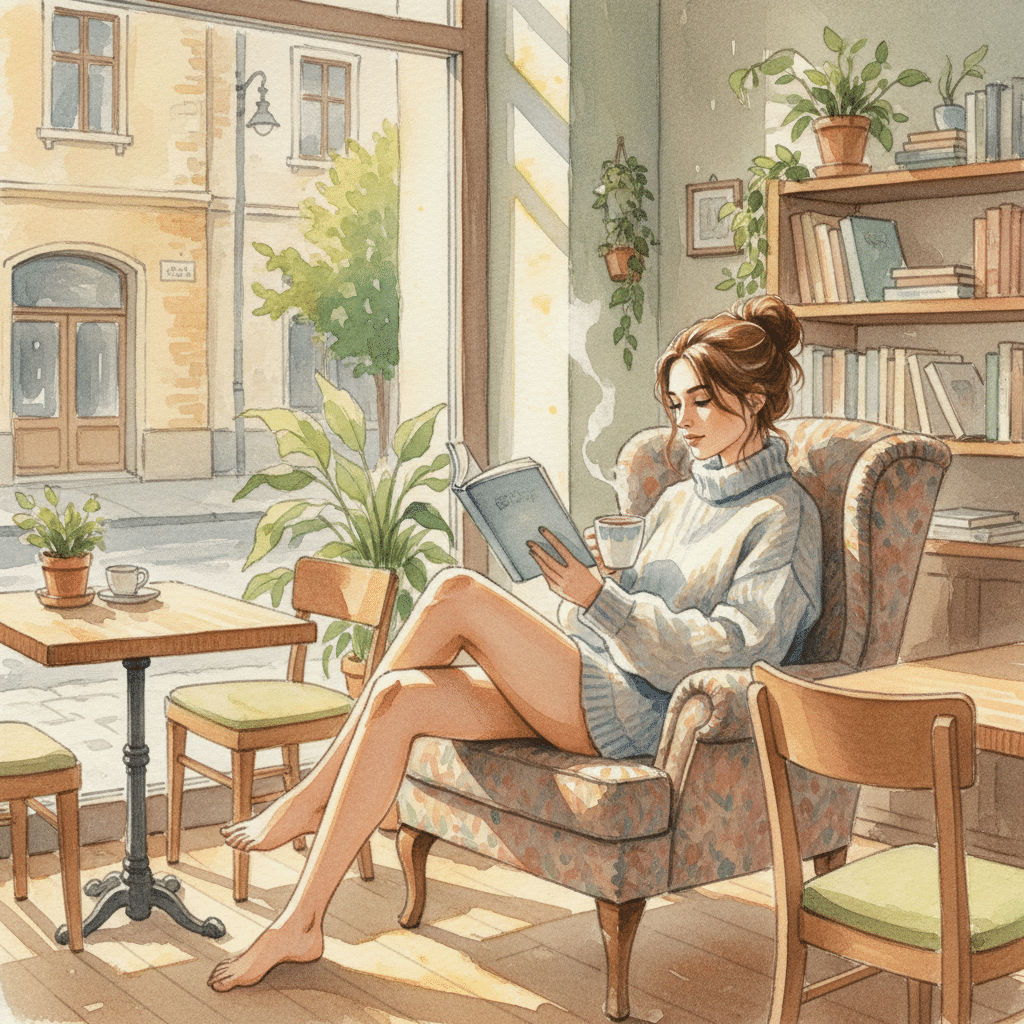
Fashion and Stylized Figures
If you love design, incorporate it into your figure painting. Focus on the drape of fabric, the flow of an outfit, or the elegance of a pose.
- How to do it: Use fashion photographs or sketches as reference. Pay attention to the lines of clothing, how fabric folds, and how accessories complement the figure. You can use crisper lines for clothing details and softer washes for the body underneath. Experiment with different styles and color palettes. For ideas on styling, you might look at articles like 10 outfit ideas jeans for inspiration on capturing clothing.
- Why it works: Combines figure drawing with design elements, allowing for stylish and imaginative compositions.
- Idea Spark: A figure in a flowing gown, a stylish person in a tailored suit, or an exaggerated fashion pose showcasing unique attire.
Monochrome Magic
Limiting your palette to a single color (and its tonal variations) can be incredibly effective for creating mood and focusing on form.
- How to do it: Choose a single pigment – like Payne’s Gray, Sepia, Indigo, or Burnt Umber. Use plenty of water to create light washes for mid-tones and build up layers for darker values. The absence of color allows the viewer to focus on the interplay of light and shadow, form, and texture. This is a brilliant way to study values without the complexity of color mixing.
- Why it works: Enhances focus on value and composition, creating a sophisticated and timeless aesthetic.
- Idea Spark: A dramatic figure study, a contemplative portrait, or a figure emerging from deep shadows.
Exaggeration and Caricature
Don’t be afraid to be playful! Exaggerating features or poses can create humorous or highly stylized results.
- How to do it: Take a reference image and identify its most striking features or pose. Then, intentionally distort them. Make a head larger, limbs longer, or a pose more dramatic. Watercolor’s fluidity lends itself well to these whimsical interpretations. Let your personality shine through!
- Why it works: It’s a fantastic way to loosen up, develop a unique style, and inject humor or drama into your work.
- Idea Spark: A musician with an oversized instrument, a superhero with exaggerated muscles, or a figure contorted in a comical dance.
Techniques to Elevate Your Figure Paintings
Once you have your ideas, a few core watercolor techniques will help you bring them to life.
Wet-on-Wet
This involves applying wet paint to a wet surface (either paper already wet with water or a previous wet layer of paint). The colors will spread and blend softly, creating beautiful, diffused edges perfect for skin tones, soft backgrounds, or a dreamy atmosphere.
Wet-on-Dry
Applying wet paint to a dry surface gives you crisp, defined lines and sharper edges. Use this for details like facial features, outlines, or clothing patterns.
Layering (Glazing)
Watercolor’s transparency is its superpower. You can build up color and depth by applying multiple thin, transparent layers (glazes) of paint, allowing each layer to dry completely before applying the next. This creates rich, luminous colors and subtle transitions.
Lifting
You can lighten an area or create highlights by gently lifting wet or partially dry paint with a clean, damp brush or a corner of a paper towel. This is especially useful for bringing out the shine on skin or fabric.
Masking Fluid
For truly crisp whites that you want to preserve from any color, masking fluid is your friend. Apply it to the areas you want to remain white, let it dry, then paint over it. Once your painting is dry, gently rub off the masking fluid to reveal the pristine white paper underneath.
Overcoming Common Challenges
Every artist faces hurdles. Here’s how to tackle some common ones in watercolor figure painting:
- “My Proportions are Off!” Don’t sweat it. Practice gesture drawing and simplifying the figure into basic shapes. Remember, abstract or expressive figures don’t demand perfect anatomy. The goal is to convey feeling, not to be a human photocopier.
- “My Colors are Muddy!” Muddy colors often result from overworking the paint, mixing too many pigments, or not letting layers dry between glazes. Keep your palette clean, use fresh water, and try to work quickly and decisively. Less is often more with watercolor.
- “Fear of the Blank Page.” This is universal! Start with small studies or quick sketches. Don’t aim for a masterpiece right away. Think of each piece as a learning opportunity. The more you paint, the less daunting the blank page becomes.
- Embrace Imperfection: Watercolor is notoriously unforgiving, but that’s its charm. Happy accidents often lead to beautiful, unexpected effects. Learn to lean into these imperfections; they often add character and uniqueness to your work.
Finding Inspiration and Practice Resources
The world is your oyster when it comes to finding inspiration for watercolor figures.
- Life Drawing Classes: If available, a life drawing class is invaluable. Drawing from a live model, even for short poses, dramatically improves your observational skills. Many online platforms also offer virtual life drawing sessions.
- Photographs: Your own photos, public domain image sites, or even fashion magazines are excellent sources. Look for interesting lighting, dynamic poses, and emotional expressions.
- Art Books and Galleries: Study how other artists, past and present, have approached the human figure in watercolor.
- Everyday Observation: People-watching is a fantastic, free resource. Sketch quick gestures of people waiting, walking, or interacting in your sketchbook.
- Your Sketchbook: Treat your sketchbook as a playground, not a performance stage. It’s a low-pressure space for experimentation and practice. Need some fresh ideas for your daily drawing habit? Check out these 7 inspiring sketching ideas for your sketchbook to keep your creativity flowing.
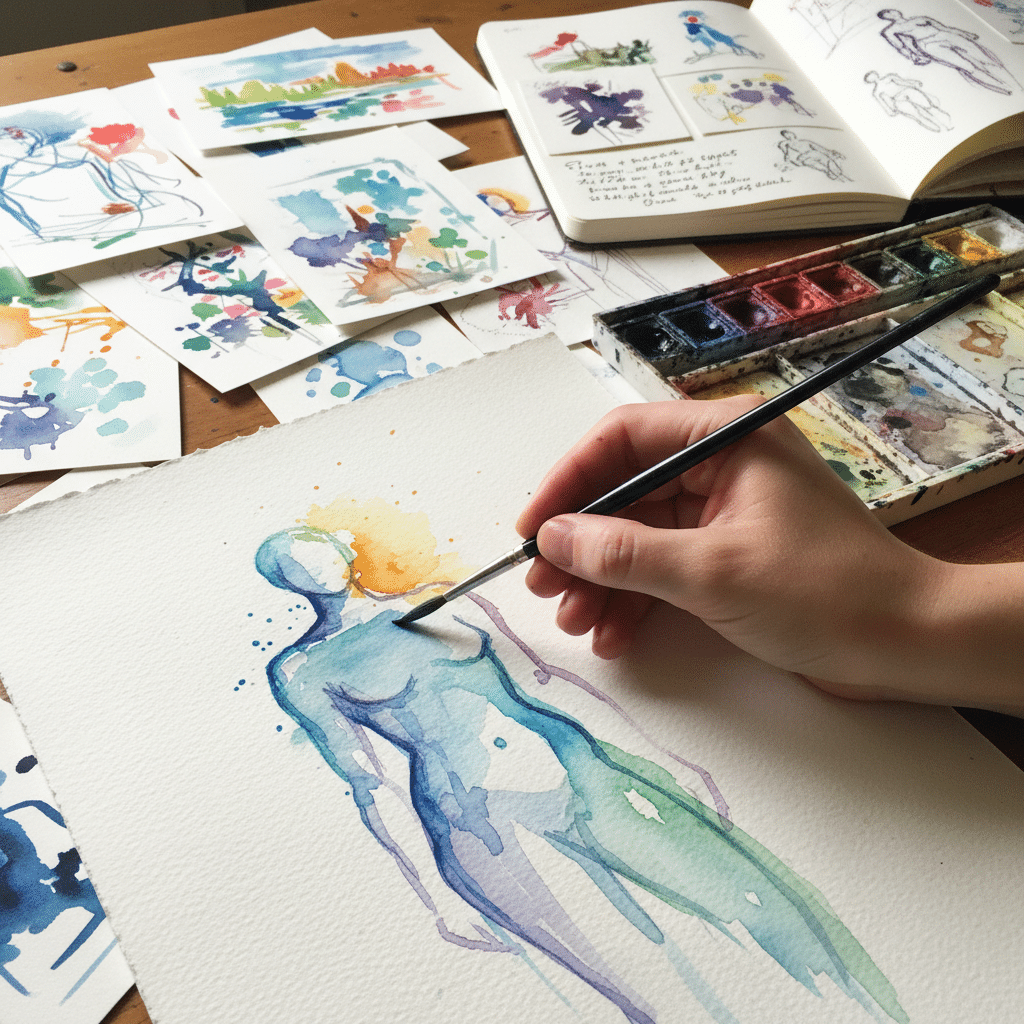
Watercolor figure painting is a journey of discovery, offering endless opportunities for expression and growth. It’s a dialogue between you, the water, the pigment, and the essence of the human form. From the bold strokes of a silhouette to the subtle hues of a portrait, each painting is a unique reflection of your artistic vision.
Remember, every artist starts somewhere. The most important thing is to simply begin. Don’t be afraid to experiment, to make mistakes, and to let the water guide your hand. With each brushstroke, you’ll not only refine your skills but also deepen your connection to this beautiful, fluid medium. So, pick up your brush, find a pose that speaks to you, and unleash your inner artist. The world of watercolor figures is waiting for your touch.
Frequently Asked Questions
What kind of paper is best for watercolor figure painting?
The best paper is 140 lb (300 gsm) cold press watercolor paper. Cold press has a slight texture that holds water and pigment well, making it forgiving for washes and layers. Hot press is smoother, better for very fine detail but can be less absorbent.
Do I need to be good at drawing to paint watercolor figures?
No, not necessarily. While basic drawing skills help, watercolor figure painting often emphasizes suggestion and expression over perfect realism. Techniques like gesture drawing, silhouettes, and abstract figures allow you to focus on movement, emotion, and color without needing advanced anatomical drawing skills. The more you practice, the better your drawing will naturally become.
How do I prevent my watercolor figure paintings from looking “muddy”?
To avoid muddy colors, use fresh water, limit the number of pigments you mix (usually 2-3 colors per area is enough), and allow each layer to dry completely before applying the next. Overworking the paint or applying wet layers over wet ones can also lead to muddy results. Keep your palette clean and work with transparent washes.
What are some good starting points for finding figure references?
You can find figure references from various sources:
- Online resources: Websites like Pinterest, Pixabay, or specific figure drawing sites offer a wealth of photos.
- Life drawing classes: These are excellent for drawing from a live model.
- Everyday life: Observe people in parks, cafes, or public transport, sketching quick gestures.
- Magazines: Fashion or lifestyle magazines can provide interesting poses and clothing inspiration.
- Your own photos: Ask friends or family to pose for you!
How can I make my watercolor figures look more dynamic?
To add dynamism, focus on gesture drawing to capture movement and energy. Use expressive brushstrokes that follow the flow of the body. Exaggerate poses slightly, or use strong contrasts in value and color to create visual interest. Consider placing your figure in an action pose or interacting with its environment.
- 0shares
- Facebook0
- Pinterest0
- Twitter0
